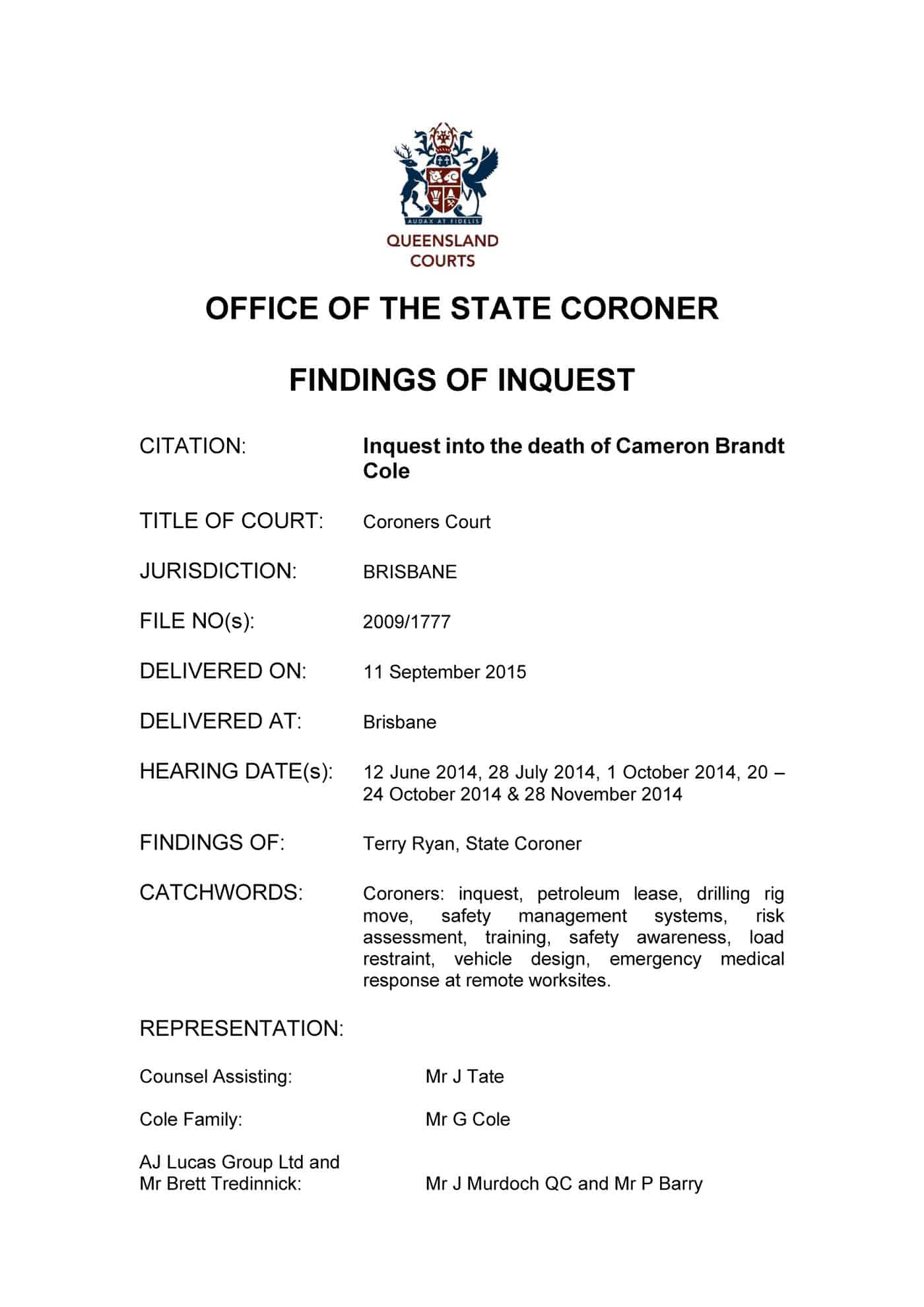It always surprises me when clients and colleagues ignore the Hierarchy of Controls when deciding what control measures to introduce. Recently Oregon’s OSHA released a podcast about the Hierarchy of Controls which shares some of my concerns.
It was concerning that the podcast stated that some hierarchies place Administrative Controls on the same level as Engineering Controls and that some consider fall protection devices as Engineering Controls due the engineering of the anchor point (a dubious engineering control as this blog has discussed previously).
Below are several quotes from the 4 minute podcast Michael Wood of Oregon OSHA.
“A control that fully eliminates the hazard is always preferred to one that does not.”
“The hierarchy improves the control’s reliability.”
“The hierarchy of control recognises that perfection in human performance can not be attained.”
This short podcast is a good quick reminder to occupational health and safety professionals but could also be discussion catalyst on basic hazard management.

 A
A